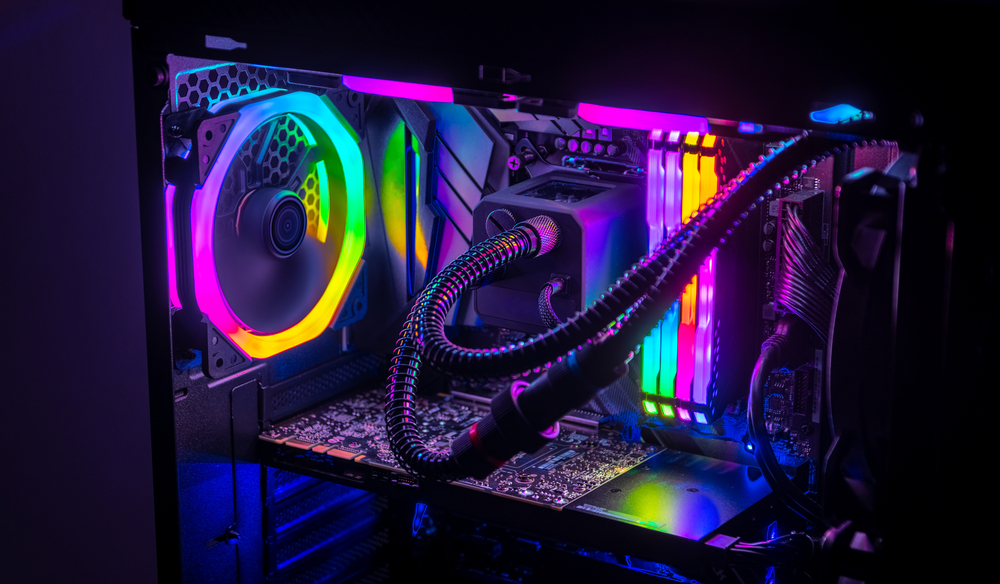Much of the world’s energy is spent building software, or so it seems. Software for business, software for gaming, software for dating – there’s no area of our lives that hasn’t been coded – and software is fun, and rewarding, to create. But what of the underlying hardware we use to code our websites and our software programs? This, too, can be created and optimized for personal users, and relatively simply, too. Just look at the Raspberry Pi – a simple, cheap, stripped-back computer available for only a few bucks. This article is about building your own hardware as the winter rolls in this year.
Creating your project
First, you’re going to need to know what kind of project you feel like undertaking. Are you looking to create your own mini-device or basic computer? Are you happy to make a little piece of hardware that requires little coding – like a mouse, a keyboard, or other parts of the computing build? These decisions will impact on how much research and learning you’ll have to do before getting started.
For beginners, it’s recommended that you choose a small project that you’ll be able to complete in a month. This means something that involves you purchasing wires, power supplies, electrical engineering equipment, and different circuit boards like TRIACs. It also means you buying a textbook in electrical engineering, or signing up for an online course to help you learn the basics of this exciting new skill.
Tips online
For every step of your creation journey, you’ll find the online community incredibly helpful and informative. It’s on forums around electrical engineering that you’ll be able to post photographs of your progress, and questions when you get a little stuck. On dedicated electrical websites, you’ll also find the cheapest parts and components.
Meanwhile, you’ll likely learn how to perform exciting modifications on your build by trawling through the past projects of others in the hardware creation community online. This community numbers in the hundreds of thousands, and there’s some truly inspiring stuff out there that you should use to inform your own project.
Practical advice
Meanwhile, the practical advice for your hardware project will come from YouTube videos, any instructional courses that you sign up for, and even friends or relatives who have a little experience to show you. Don’t underestimate the power of the electrical charge that you’re running through your new device or time of hardware – it can be dangerous, and you should follow proper electrical safety protocols at all times.
Finally, ensure that you’re using the right techniques for some of the more technical parts of your build. For instance, if you’re soldering wires onto different circuitboards, there’s a trick to ensuring that your hardened wire-ends don’t snap when you manipulate the wires. This will save you time and headaches in the future – and similar techniques exist for a number of different parts of your hardware creation.
Learning to create hardware is the beginning of a fascinating and rewarding journey – and this article provides some basic tips to help you take your first steps on this journey.


